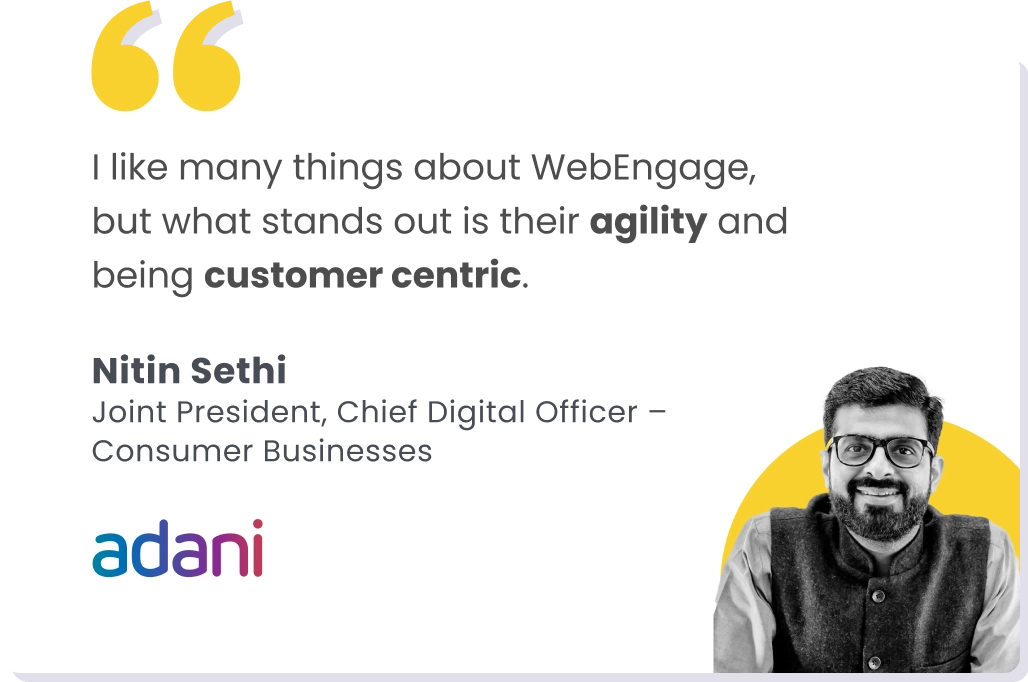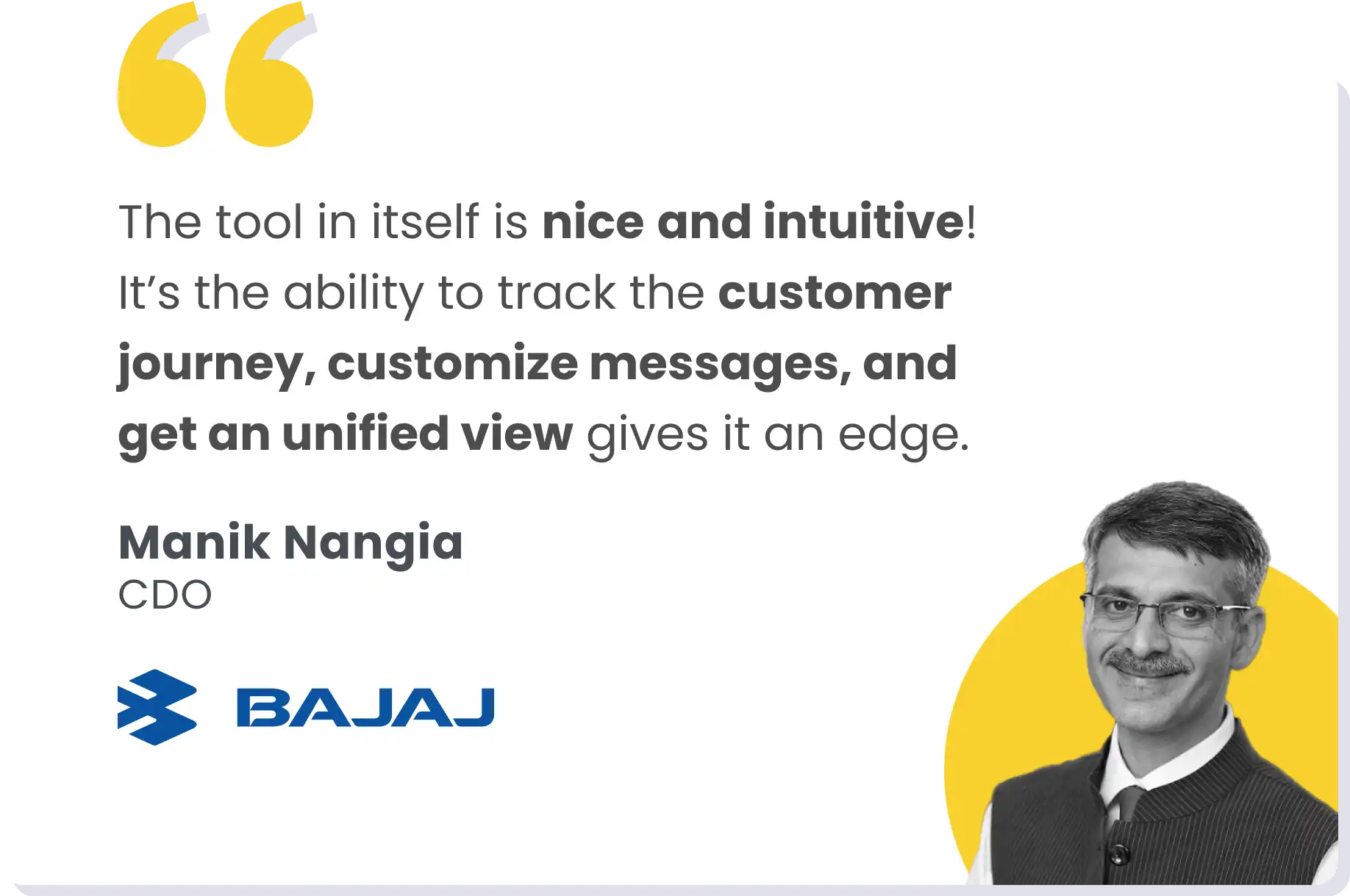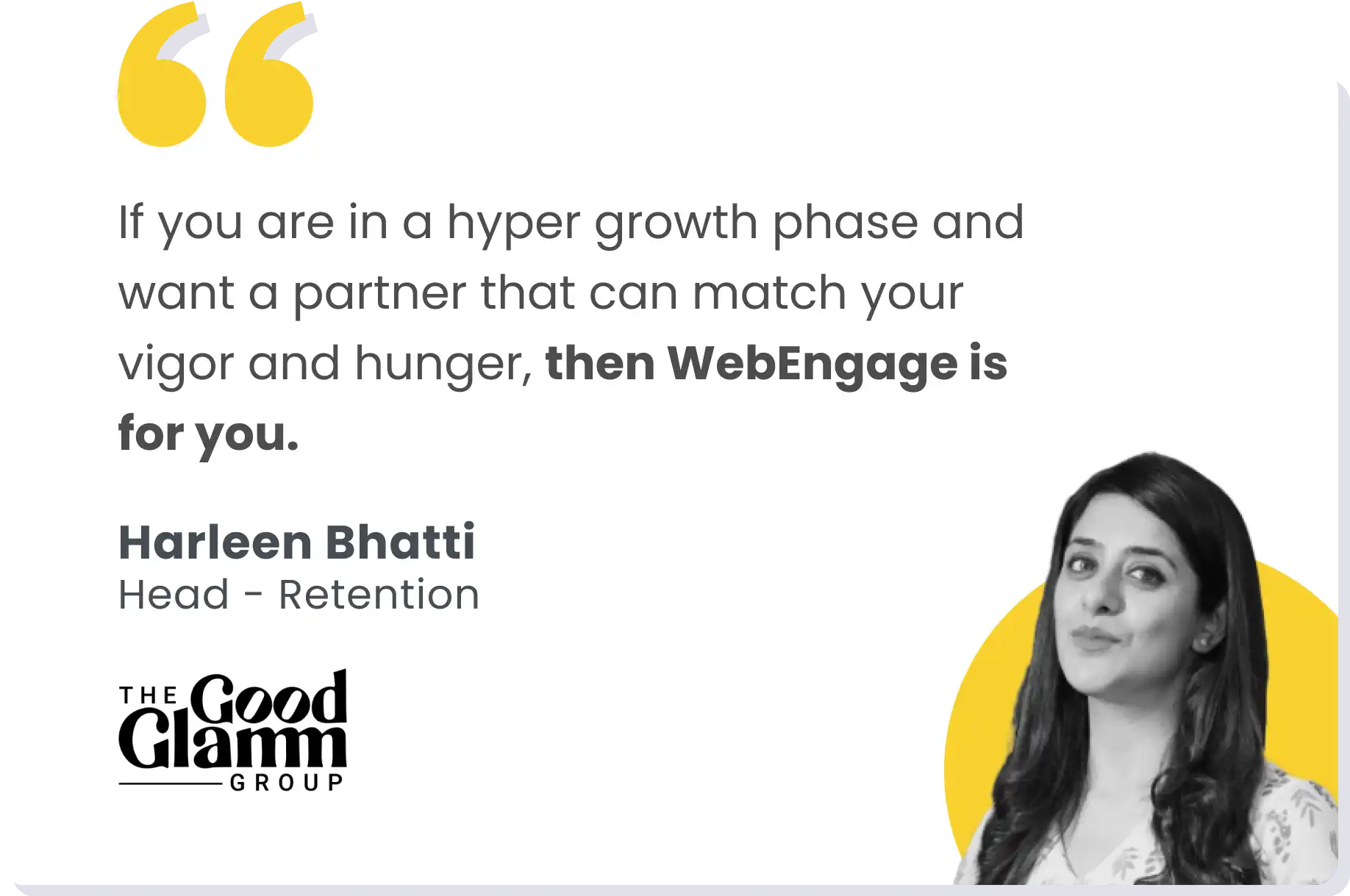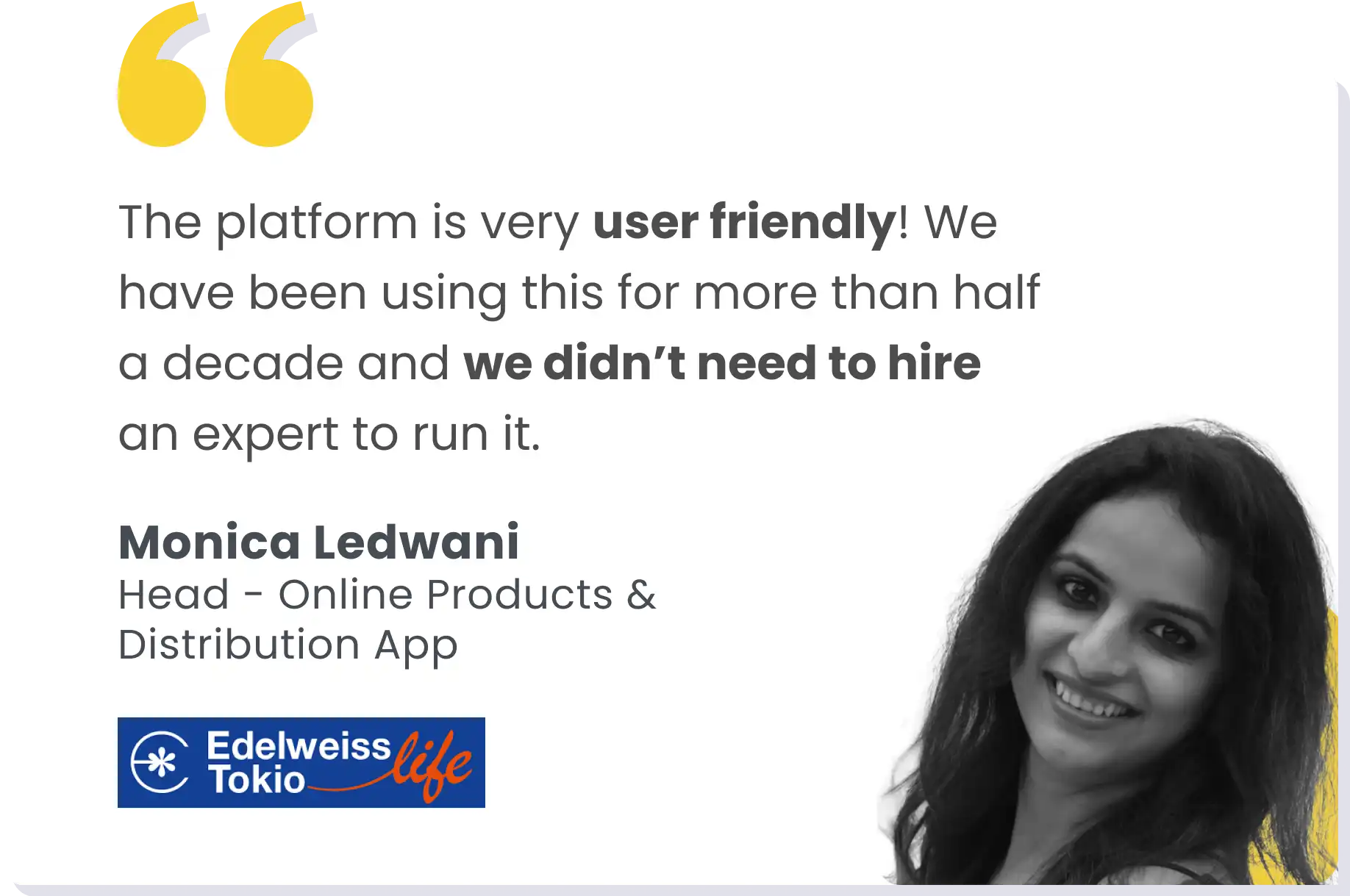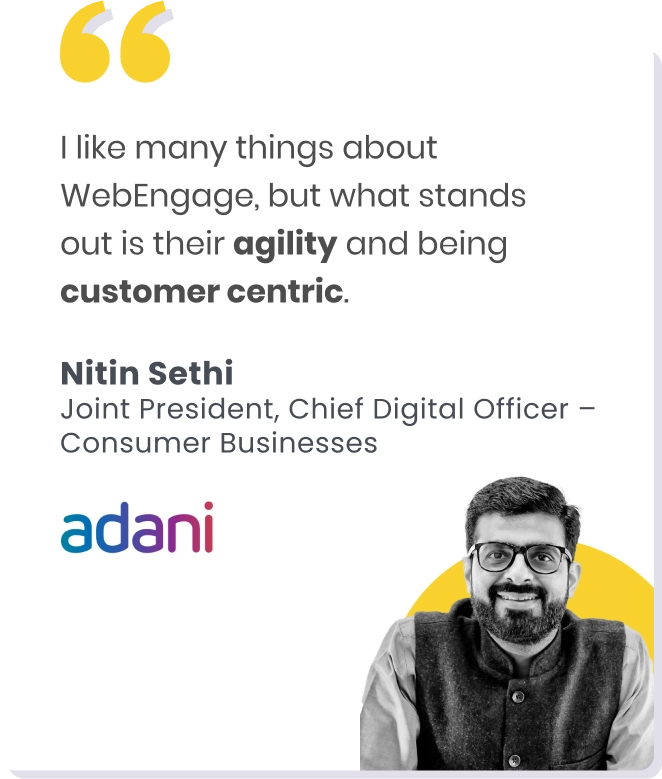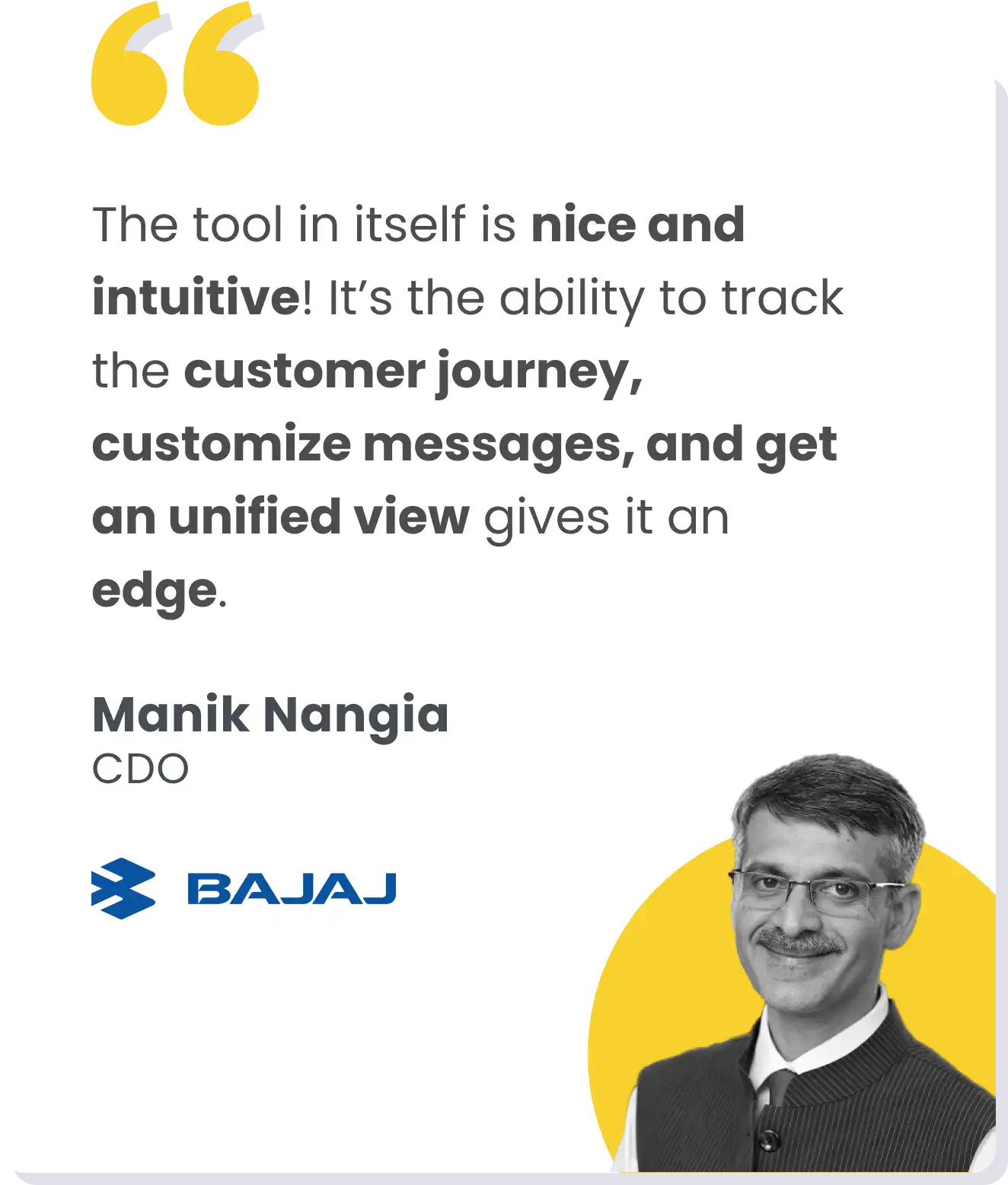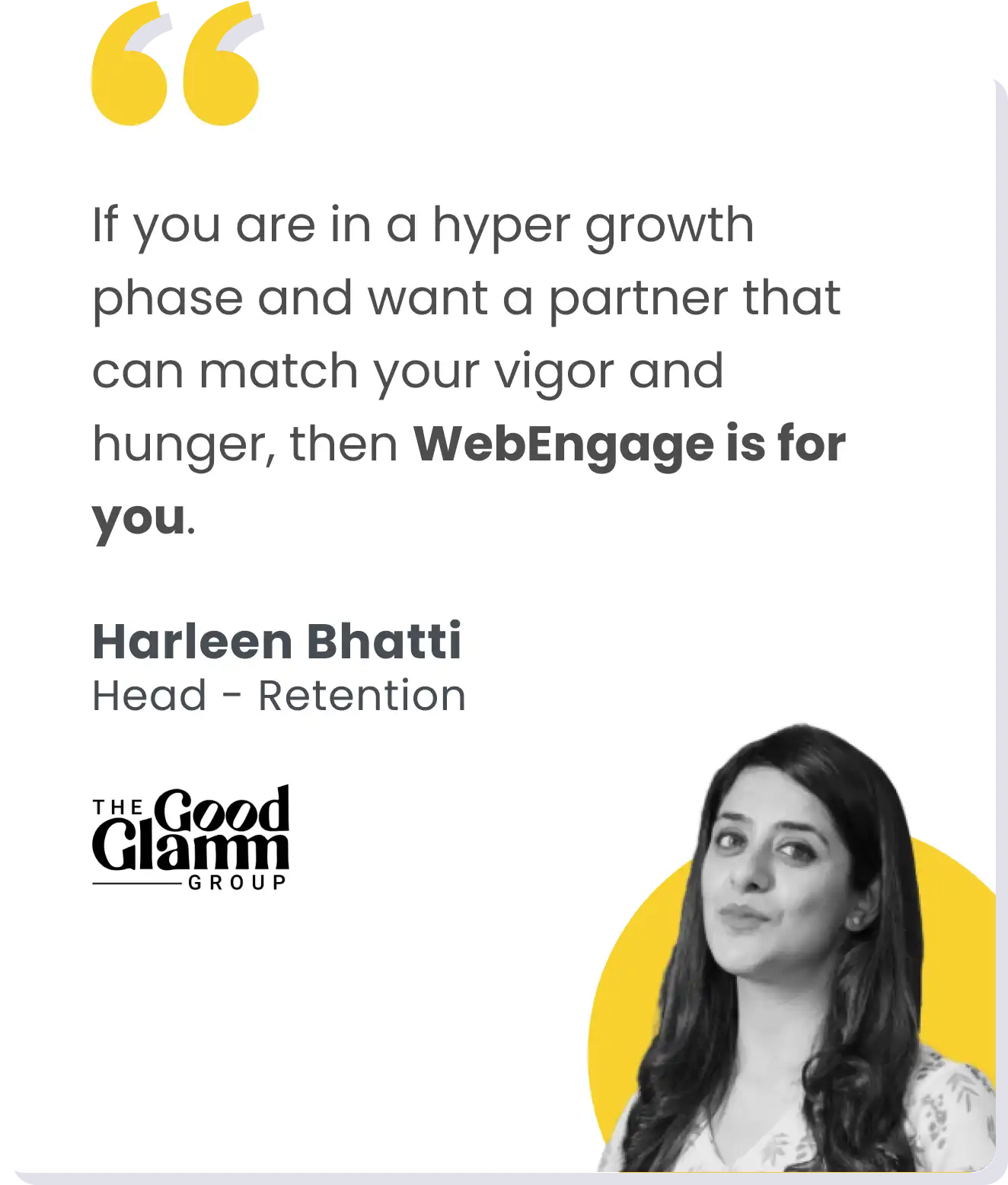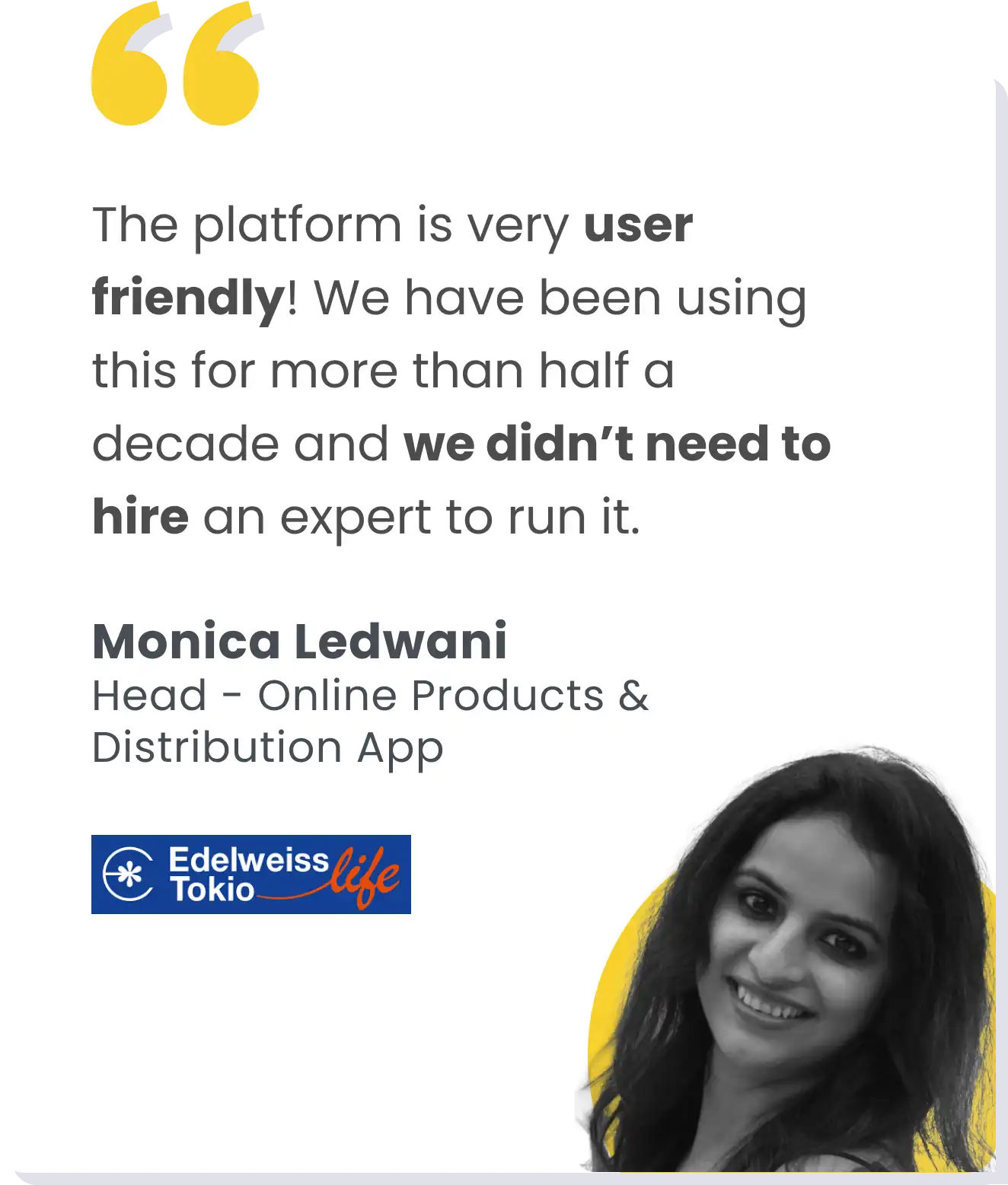“Generative AI enables personalized conversations with bots, offering limitless data recall compared to human limitations. The question remains whether AI assistance enhances human capabilities or replaces them entirely. In education, people prefer established experts with proven experience, leading to a greater likelihood of success with age and experience.”
With upGrad, it’s not just about selling courses. They give value to their customers at every stage, and that’s one of their retention cores.
In this article, you get to see all the efforts and strategies of customer retention at upGrad from the Head of Marketing Ankit Khirwal. The team has mastered the art of keeping learners engaged throughout their journey, leveraging personalized interactions, innovative technology, and creative reactivation campaigns.
Let’s get started.
Decoding User Behavior
As I reflect on my journey, I realize that I’ve been fortunate enough to experience the evolution of consumer behavior in various industries. I come from a Marwari Baniya family, where the natural course of action was to join the family business or pursue a career in chartered accountancy. I chose the latter, completing my undergraduate and CA from Delhi University.
My next step was pursuing an MBA, to get into investment banking. However, the startup revolution changed everything. I joined Pepperfry, a furniture e-commerce startup, in a finance role, where I handled planning, control, strategy, fundraising, and asking tough questions about the business.
After two to three years, I shifted to the business side, managing categories and later moving into marketing. I was at the right place at the right time, witnessing the smartphone era, the shift to digital media, and the e-commerce revolution.
Digital in the form of drip marketing, email marketing and ads on digital platforms were in vogue. Another major shift is how content consumptions change, and how businesses are operating customer acquisition. And that’s a major challenge for online education brands.
We’ve always assumed that education is a terminal part of our lives, and we learn everything on the job. However, with upskilling available based on our choice and career destination, we can now pick and choose what we want to learn.
At UpGrad, we’ve seen remarkable success, with 85-90% of learners completing courses and reporting positive career impacts. Our learners come back with a different perspective about their workplace and what they want in life. They’re not just upgrading their skills but also gaining confidence.
I believe the future of education lies in continuous learning, where individuals take short, tactical courses to upskill and re-skill throughout their lives. It’s not just about certification; it’s about confidence.
Where Does Retention Fit in at upGrad?
Our approach to retention at UpGrad is dealt with in three stages: pre-sale, during the course, and post-completion. Our goal is to ensure that learners derive maximum value from our platform and build a long-term relationship with us.
And there’s lifetime value that comes in for both our customers and the platform. Customer Lifetime Value (CLV) is important to us. It’s challenging to retain consumers in certain domains, like master’s programs, but we’ve seen success with our articulation model. Our learners upgrade their knowledge in the same field, and we facilitate this progression through personalized communication and upselling.
Personalization
Our core retention strategy relies on building personal relationships with learners. We engage with them regularly, offer consultative support, and provide relevant content. This approach has shown promising results, especially when combined with automation and personalized messaging.
For example, if a learner already understands data science, they are prompted to learn LLMs or an NLP, and they can trust it because we’ve helped them through their past courses.
In a large case of retention, we use reactivated leads, because not everybody can take the plunge. They may have trust issues, commitment issues, time issues, or financial issues, and once that is sorted, they come back to us.
However, they still need a reminder, so we use text tags to segment them and better understand the profile. However, we’re aware of the risks of overcommunication and spamming. So, we strike the balance between frequency and relevance, and as long as we add value to them, frequency becomes less of an issue. Not everybody needs the same frequency of messaging.
The blind use of automation is counterproductive for our sales funnel, so we use human touch because it performs better in our experience. We’re experimenting with different approaches, including templated messages and personalized communication.
In terms of nuance, we recognize that different learners require different frequencies and types of messaging. We’re working to develop a more sophisticated understanding of our learners’ needs and preferences so that we can tailor our communication approach accordingly.
Trust
For us, the traditional RFM (Recency, Frequency, Monetary) model doesn’t quite work for reactivations.
What works is identifying:
- Where are our users in their careers?
- Which domains are they in?
- Which function are they in?
- Are they being pitched the right program?
- Are we sending content that’s relevant to them?
To build trust, we must ensure that we stay relevant.
“The idea is not to always keep selling something; you need to ensure you’re adding value. Our goal is to find the perfect blend of content and frequency to reactivate and retain our learners.”
Trust for us is from a content-heavy lens. If our learners choose to trust us with their personal information, it means they are ready to explore that domain, so we market to them from that point of view.
If a user is interested in more than one, for example, if they expressed interest in digital marketing and machine learning. We send communications that involve both domains and then eventually figure out which one has more interest and make that the dominant communication medium.
We drive retention by providing value, relevance, and personalized support in a way that benefits both our learners and our platform.
Capitalizing on Content
As I said, our personalization and trust-building also hinges on our content. We create content on YouTube mostly learning content and we also have blogs. Our blog traffic is 2x of our main website and there are a lot of free courses our learners can explore.
We’re creating a robust catalog that combines multiple labels and tags, making it easy to automate recommendations. This approach is similar to product recommendations in e-commerce, where customers receive personalized suggestions based on their preferences and past purchases.
In my previous organization, I witnessed a similar pattern in high-involvement purchases, where customers would research extensively before making a decision. They wouldn’t necessarily buy on impulse but rather consult catalogs and reviews to ensure their purchase met their specific needs.
This behavior has evolved significantly, with people now researching online and transacting offline. The shift to digital has enabled us to create an infinite catalog, making it possible for customers to find what they’re looking for.
It’s like an automotive purchase, right? You know which car you want to buy because you’ve researched enough online and this prompts you to go in the search physically.
Although some may still prefer to physically interact with products before purchasing, the convenience and personalization offered by digital platforms have revolutionized the way we shop, research, and consume content.
“Marketing does the heavy lifting so that sales can happen automatically. Perception building of the quality and the reputation of our courses is mostly a marketing job.”
This again leads us to content marketing focused on building trust and credibility by showcasing our success stories. We’ve found that highlighting the achievements of our learners and providing a platform for them to share their experiences has helped build our brand reputation. Our alumni are our biggest advocates, and we encourage them to share their stories and inspire others.
There’s also a referral program that incentivizes our alumni to refer new learners to our platform. While this approach may raise concerns about credibility, we believe that our alumni are our most trusted ambassadors, and their recommendations carry significant weight. We’re transparent about having a balance between incentivizing referrals and getting genuine recommendations.
In terms of new customer acquisition, we’ve found that our referral program is a dominant contributor to our revenue growth. We attribute this success to our strong NPS and outcome track record, which has helped build trust and credibility with our learners. We continuously monitor market demand and update our courses to ensure they remain relevant and in line with industry developments.
The approach we have to growth is centered around adding new courses, revamping existing ones, and expanding our reach to new learners. For example, data science used to be 2x of machine learning in terms of overall performance. Today, machine learning has surpassed data science in a list of our counters because the market is evolving.
We believe that there is room for growth in both our existing and new courses, and we stay ahead of the curve and provide our learners with the skills and knowledge they need to succeed in their careers.
Creating and Capturing Demand
To create demand, we focus on two key areas:
- Identifying gaps in existing demand: We analyze search volume, counseling calls, and primary research to determine where demand already exists but is not being met. Our content team uses this information to create programs that fill these gaps, both in terms of domain knowledge and beginner to advanced levels.
- Creating new categories: We innovate by creating new categories or programs that didn’t exist before, like our doctorate programs in business administration. This approach requires significant marketing effort and is more of a brand play to establish ourselves as ahead of the curve.
Innovation in both existing and new products helps us stay ahead of the competition and attract learners who are looking for something unique.
For example, we launched our generative AI course just 30-40 days after ChatGPT 3.5 was launched, and we’re already enrolling over 100 learners per month. Our first-to-market approach has given us a claim to fame and established our brand as a leader in the education industry.
“People don’t want to experiment a lot in education. They want to go with people who have been there, done that and established creds. So the older you are, It’s more likely that your conversions are going to be better.”
Capturing demand with the advent of technology also comes with deploying AI as a co-pilot for counseling, providing real-time support and answers to learners. We’re exploring ways to personalize conversations using generative AI, making them more efficient and scalable. While there’s a risk of over-reliance on technology, we believe AI can enhance the human touch, not replace it.
The fortunate thing about generative AI is that you can still personalize conversations, even with a bot. We know there’s the potential for AI to disrupt industries like BFSI and real estate, but we see it as an opportunity to innovate and improve our services.
We’re launching a course for Gen Z to fast-track them to CXO roles, as they’re more likely to adopt and drive technological change. The biggest impediment to adopting AI is not the technology, but the ability of leaders to understand and implement it effectively. We need to be more agile and open to innovation to stay ahead.
When it comes to retention we’re transparent about every part of our process to our users as this is the core of what makes them stay with us. I hope that this helps brands out there improve their retention game and acquire more customers.
This brings an end to the State of Retention Marketing Podcast episode with Ankit, and there’s more detailed information you need to get retention running for your brand in the full podcast episode. We know you’ll have fun listening to it. Check it out on Spotify or YouTube.









